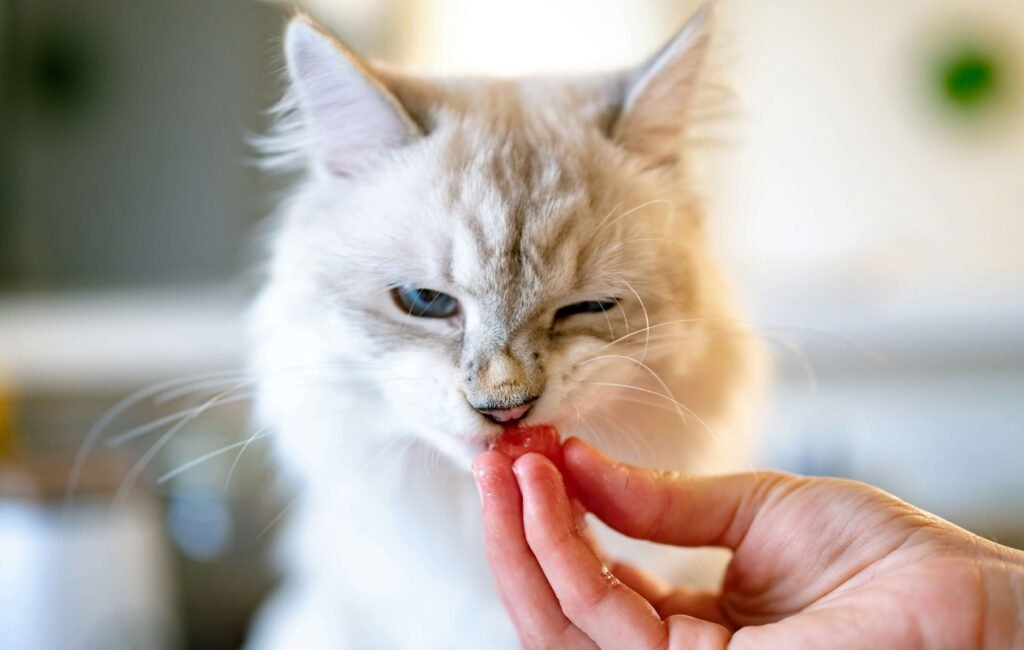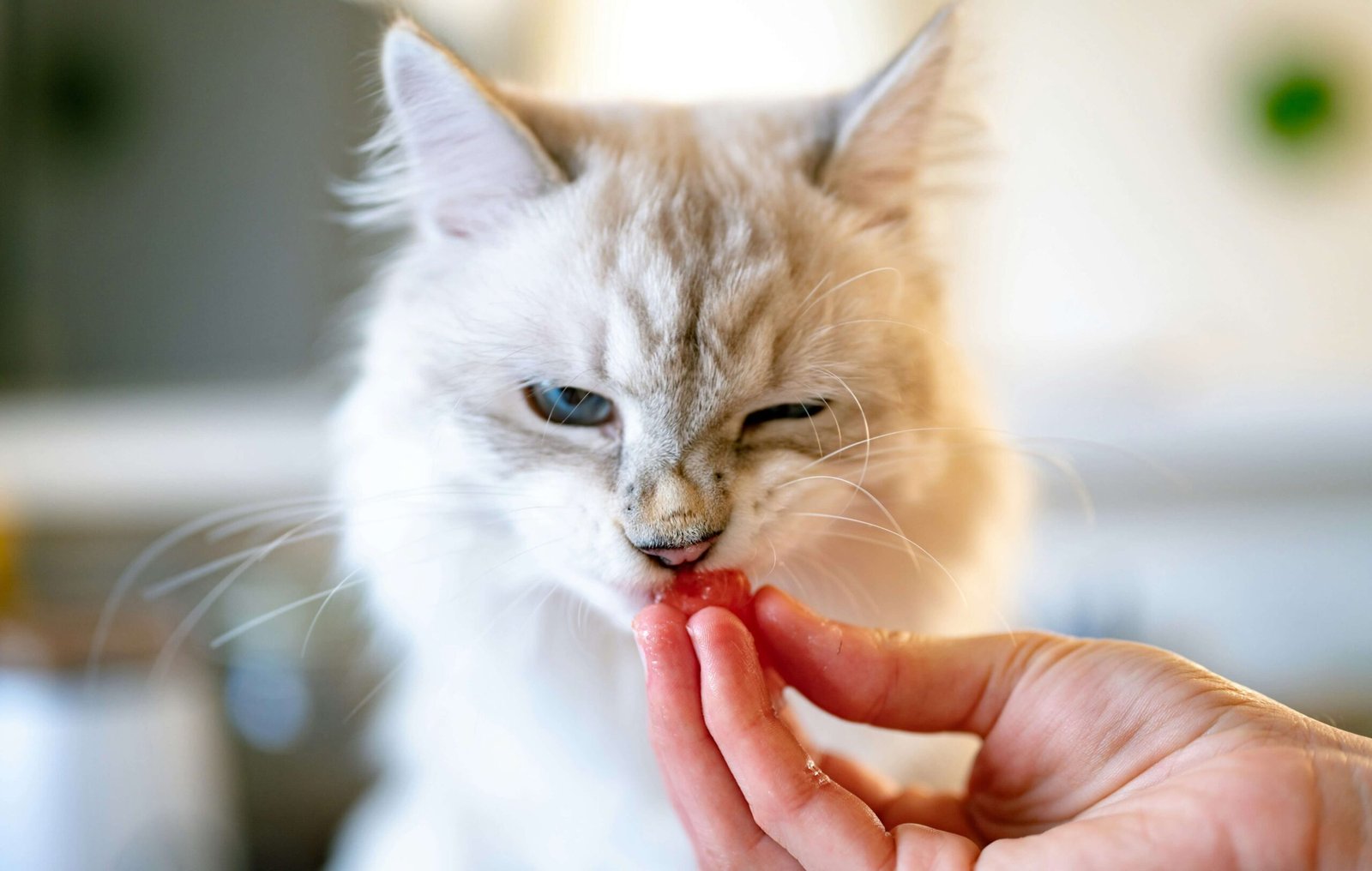Ingredients to Avoid in Cat Food: Keeping Your Feline Friend Safe
As a cat owner, you want the best for your furry companion—especially when it comes to their diet. With countless cat food options available on the market, it can be overwhelming to determine which ingredients are safe and which ones might harm your pet. Unfortunately, not all cat foods are created equal, and some contain harmful additives or fillers that can negatively impact your cat’s health. From artificial preservatives to toxic flavor enhancers, knowing what to avoid is key to ensuring your cat enjoys a long, healthy life. In this blog post, we’ll explore the most common harmful ingredients found in cat food, why they’re problematic, and how to make smarter choices for your feline friend.
Harmful Ingredients to Watch Out For in Cat Food
When shopping for cat food, it’s crucial to read labels carefully and steer clear of certain ingredients that could harm your cat’s health. These substances often serve as cheap fillers or preservatives but offer little nutritional value and may even pose serious risks. Here’s a list of ingredients you should avoid at all costs.
Artificial Colors and Dyes :
Synthetic dyes like Red #40 or Blue #1 are used to make food visually appealing but have no nutritional benefit and may cause allergic reactions.BHA and BHT Preservatives :
These chemical preservatives are linked to potential carcinogenic effects and should be avoided in favor of natural alternatives.Propylene Glycol :
Often used to maintain moisture, this ingredient can damage red blood cells and is unnecessary in cat food.By-Products and Meat Derivatives :
Vague terms like “meat by-products” often include low-quality animal parts that lack essential nutrients and may harbor contaminants.Excessive Grains or Fillers :
Corn, wheat, and soy are common fillers that provide little nutritional value and can lead to digestive issues or allergies in cats.
Avoiding these harmful ingredients ensures your cat receives a balanced diet free from unnecessary risks. Always prioritize high-quality proteins and natural preservatives when selecting food for your pet.
Why These Ingredients Are Problematic
Understanding why certain ingredients are harmful can help you make informed decisions about your cat’s diet. Each of these substances poses unique risks to your feline’s health, ranging from mild discomfort to severe medical conditions. Let’s delve into why these ingredients should be avoided.
Artificial Colors Cause Allergies :
Cats can develop skin irritations or gastrointestinal upset due to synthetic dyes commonly added to commercial pet foods.Preservatives Linked to Cancer :
Long-term exposure to BHA and BHT has been associated with an increased risk of cancer in animals.Moisture Retention Compounds Harm Cells :
Propylene glycol, while approved for human use, can dehydrate red blood cells in cats, leading to anemia over time.Low-Quality Proteins Lack Nutrition :
By-products fail to provide the high-quality protein cats need to maintain muscle mass and overall vitality.Fillers Contribute to Obesity :
Excessive grains can lead to weight gain and obesity, which are significant contributors to diabetes and joint problems in cats.
By steering clear of these problematic ingredients, you can protect your cat from preventable health issues and ensure they thrive on a nutrient-rich diet.
Check this guide 👉Homemade Cat Food Recipes: Best 7 Expert Tips!
Check this guide 👉Cat Food for Constipation: Best 7 Expert Tips!
Check this guide 👉The Difference Between Kitten and Cat Food: Best 7 Tips!

Harmful Ingredients to Avoid | Health Risks Associated |
|---|---|
Artificial Colors (Red #40, Blue #1) | Allergic reactions, hyperactivity |
BHA and BHT Preservatives | Potential carcinogenic effects |
Propylene Glycol | Red blood cell damage |
Meat By-Products | Nutrient deficiencies |
Excessive Grains/Fillers | Obesity, digestive issues |
How to Identify High-Quality Cat Food
Choosing the right cat food doesn’t have to feel like navigating a minefield. By focusing on specific criteria, you can easily spot high-quality options that prioritize your cat’s health. Here are some tips to guide your selection process.
Look for Named Protein Sources :
The first ingredient should always be a specific protein source, such as “chicken” or “salmon,” rather than vague terms like “meat meal.”Check for Natural Preservatives :
Opt for foods preserved with vitamin E (mixed tocopherols) or vitamin C instead of synthetic chemicals.Avoid Grain Overload :
While small amounts of grains are acceptable, choose grain-free options if your cat has sensitivities or allergies.Scan for Clear Labeling :
Reputable brands clearly list all ingredients and avoid ambiguous terms like “animal derivatives.”Research Brand Reputation :
Investigate the manufacturer’s history, sourcing practices, and commitment to quality control before purchasing.
By following these guidelines, you can confidently select cat food that supports your pet’s health and well-being without compromising on safety.
Common Mistakes to Avoid When Choosing Cat Food
Even well-meaning pet owners can make mistakes when selecting food for their cats. To help you avoid pitfalls, here’s a list of common errors to watch out for.
Ignoring Ingredient Lists :
Many people focus solely on packaging or brand names without examining the actual ingredients inside.Assuming All “Natural” Foods Are Safe :
Just because a product claims to be “natural” doesn’t mean it’s free from harmful additives or low-quality ingredients.Overlooking Portion Sizes :
Feeding too much or too little based on the label recommendations can lead to nutritional imbalances.Falling for Marketing Gimmicks :
Buzzwords like “premium” or “holistic” don’t guarantee quality; always verify the ingredients and nutritional content.Switching Diets Too Quickly :
Abruptly changing your cat’s food can upset their stomach—always transition gradually over 7-10 days.
Being aware of these mistakes will empower you to make smarter decisions and provide your cat with the best possible nutrition.
Hidden Dangers of Artificial Flavors in Cat Food
Artificial flavors are often added to cat food to enhance palatability, but they come with hidden dangers that many pet owners overlook. These synthetic additives can have adverse effects on your cat’s health and should be avoided whenever possible. Here’s what you need to know about the risks associated with artificial flavors.
Potential Allergic Reactions :
Artificial flavors can trigger skin irritations or digestive issues in sensitive cats.Lack of Nutritional Value :
These additives provide no nutritional benefit and are used solely to mask low-quality ingredients.Long-Term Health Risks :
Prolonged exposure to artificial flavors may contribute to chronic conditions like kidney disease.Behavioral Changes :
Some cats may exhibit hyperactivity or aggression after consuming foods with artificial flavor enhancers.Unnecessary Additives :
High-quality cat food doesn’t require artificial flavors to entice cats to eat.
By avoiding cat foods with artificial flavors, you can protect your cat from these unnecessary risks and ensure their diet remains wholesome and natural.
How to Transition Your Cat to a Healthier Diet
Switching your cat to a healthier diet is a gradual process that requires patience and planning. Doing it correctly minimizes stress for your cat and reduces the risk of digestive upset. Here are some steps to help you make the transition smoothly.
Start with a Small Proportion :
Begin by mixing 25% of the new food with 75% of the old food to allow your cat time to adjust.Increase Gradually Over Time :
Every 2-3 days, increase the proportion of new food while decreasing the old food until the switch is complete.Monitor for Adverse Reactions :
Watch for signs of vomiting, diarrhea, or refusal to eat during the transition period.Offer Treats as Motivation :
Use healthy treats made from the same protein source as the new food to encourage acceptance.Stay Consistent :
Avoid switching back and forth between foods, as this can confuse your cat’s digestive system.
A gradual transition ensures your cat adapts comfortably to their new diet without any setbacks.
Signs Your Cat’s Current Food May Be Harmful
If your cat exhibits certain symptoms, it could indicate that their current food contains harmful ingredients or lacks proper nutrition. Recognizing these signs early allows you to take corrective action promptly. Here’s what to look out for.
Frequent Vomiting or Diarrhea :
Digestive upset may signal an intolerance or allergy to ingredients in the food.Excessive Shedding or Hair Loss :
Poor coat quality often reflects inadequate nutrition or the presence of allergens in the food.Lethargy or Low Energy Levels :
A lack of energy can indicate that your cat isn’t receiving enough nutrients from their diet.Weight Loss or Obesity :
Significant changes in weight may point to imbalanced nutrition or excessive filler content in the food.Increased Thirst or Urination :
This could be a sign of high carbohydrate levels or other problematic ingredients affecting kidney function.
If you notice any of these signs, it’s worth reassessing your cat’s diet and consulting your veterinarian for personalized advice.
Frequently Asked Questions About Cat Food Ingredients
Can I feed my cat human-grade food instead of commercial cat food?
While some human foods are safe for cats, they lack the complete nutrition cats need. It’s best to stick with specially formulated cat food unless advised otherwise by a vet.
Are grain-free diets healthier for cats?
Grain-free diets aren’t inherently better, but they can be beneficial for cats with grain sensitivities or allergies. Consult your vet to determine what’s right for your cat.
What should I do if my cat accidentally eats something toxic?
Contact your veterinarian or an emergency animal clinic immediately for guidance on next steps.
Is wet food better than dry food?
Both have pros and cons. Wet food provides hydration, while dry food is convenient. A combination of both is often ideal, depending on your cat’s needs.
How can I tell if my cat is having an allergic reaction to their food?
Look for symptoms like vomiting, diarrhea, excessive scratching, or hair loss. If you notice these signs, consult your vet for dietary adjustments.
Final Thoughts: Prioritizing Your Cat’s Health Through Smart Food Choices
In conclusion, understanding which ingredients to avoid in cat food is essential for safeguarding your feline friend’s health. By staying vigilant and reading labels carefully, you can ensure your cat receives the high-quality nutrition they deserve. Remember, every cat is unique, so tailor your choices to meet their individual needs and preferences. Whether you’re switching brands or simply double-checking your current selection, taking the time to research and invest in quality cat food pays off in the form of a happy, healthy companion. After all, your cat relies on you to make the best decisions for their well-being—and now you’re equipped to do just that!
Can a Cat Die from a Cold? Best 7 Expert Tips! Learn how to identify, treat, and prevent feline colds while understanding when to seek veterinary care for your cat’s health.
Cat Screaming for Food: Best 7 Expert Tips! Discover effective strategies to manage your cat's food-related vocalizations and create a peaceful feeding routine.
Aspiration Pneumonia in Cats: Best 7 Expert Tips! Discover causes, symptoms, and treatment advice to protect your cat’s respiratory health and ensure a speedy recovery.
Hip Dysplasia in Cats: Best 7 Expert Tips! Discover expert advice on managing hip dysplasia in cats, from symptoms and prevention to treatment options for a happier, healthier feline life.





